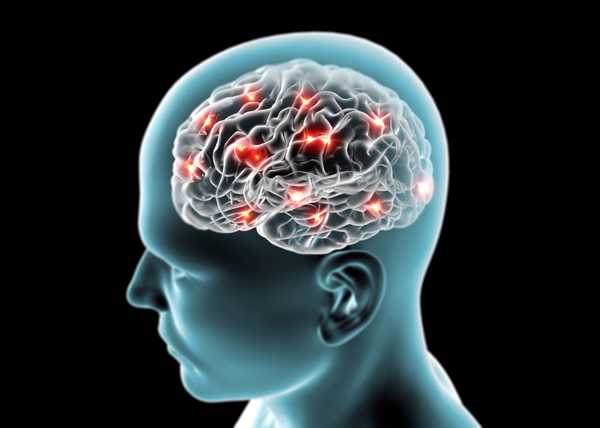Oct 13 2020
Researchers from the University of Birmingham have developed a technique to detect traumatic brain injury at the point of care.

Image Credit: University of Birmingham.
The new technique enables researchers to pinpoint when patients require immediate medical attention by using chemical biomarkers discharged by the brain soon after a head injury. This saves time in delivering critical treatment and prevents patients from going through needless tests when no injury has happened.
The method was devised by a multi-disciplinary team of researchers belonging to the Advanced Nanomaterials, Structures, and Applications (ANMSA) group led by Dr. Pola Goldberg Oppenheimer at the University of Birmingham.
After a proof-of-concept study, the team has now finished Innovate UK’s commercialization program, iCURE, to find the commercialization paths for the method, finding possible partners in eight countries.
The technique is based on a spectroscopic method called surface enhanced Raman scattering, wherein a beam of light is “fired” at the biomarker. The biomarker obtained from a pin prick blood sample is prepared by pushing it into a distinctive optofluidic chip, where the blood plasma is separated and spreads over a very specialized surface.
The light makes the biomarker to rotate or vibrate, where the movement can be quantified, providing an accurate sign of the level of injury that has happened.
The test must be highly sensitive, fast, and specific to achieve the level of accuracy necessary, and this is exactly where the Biomedical Engineering proficiency of the ANMSA group at the University of Birmingham plays a crucial role. The key to sensitivity is in the manner in which the biomarkers interact with the surface.
The researchers created an economical platform, built using polymer and covered with a thin film of gold. Then, this structure is exposed to a powerful electric field, which redistributes the film into a unique pattern, improved to resonate in precisely the right way with the light beam.
This is a relatively straightforward and quick technique that offers a low-cost, but highly accurate way of assessing traumatic brain injury which up until now has not been possible.
Dr Pola Goldberg Oppenheimer, Research Lead, Advanced Nanomaterials, Structures, and Applications Group, University of Birmingham
The charity Headway reports that annually, about 1 million people will visit A&E due to a head injury. Current approaches of evaluating TBI often depend on the Glasgow Coma Scale, wherein clinicians make a subjective decision based on the patient’s capacity to open their eyes, their verbal responses, and their ability to move after hearing an instruction.
The current tools we use to diagnose TBI are really quite old fashioned, and rely on the subjective judgement of the paramedic or the emergency doctors. There’s an urgent need for new technology in this area to enable us to offer the right treatment for the patient, and also to avoid expensive and time-consuming tests for patients where there is no TBI.
Dr Pola Goldberg Oppenheimer, Research Lead, Advanced Nanomaterials, Structures, and Applications Group, University of Birmingham
Details of the method have been published in the journal Nature Biomedical Engineering. As part of the research, 48 patients were evaluated using the engineered device, where 139 samples were obtained from patients with TBI, and 82 were obtained from a control group.
The research demonstrated that in the TBI group, the biomarker levels were about five times higher than in samples obtained from the control group. The team also learned that the levels decreased quickly about 1 hour after the injury took place, further emphasizing the need for quick detection.
More funding from the Royal Academy of Engineering has facilitated a market analysis, including neurosurgeons, paramedics, and sports therapists, which has confirmed a critical need for the technology.
The following stage in this study would be the miniaturization of the device technology used to examine the samples, such that it can be easily used at sporting events where head injuries can be difficult to detect, stored in an ambulance for use by paramedics, at local GP services or in hospitals where it could be used over time to track patients to see how the head injury is improving.
At present, the researchers are looking to improve and trail a prototype technology on a larger patient cohort.
Journal Reference:
Rickard, J. J. S., et al. (2020) Rapid optofluidic detection of biomarkers for traumatic brain injury via surface-enhanced Raman spectroscopy. Nature Biomedical Engineering. doi.org/10.1038/s41551-019-0510-4.